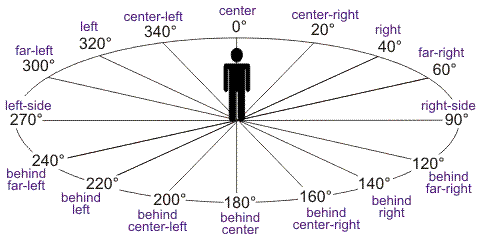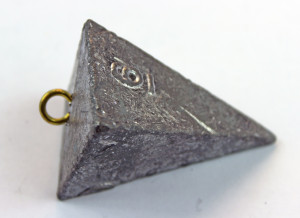Cafesport, please contact us and we will replace the damaged parts for free, the only cost will be for shipping & handling. No need to send back or exchange the damaged parts.
If you would like to pick up the replacement parts at the Ft. Laud. Boat Show this week, then that's fine, just let me know what you need. We are setting up tomorrow (Tuesday) and I can bring them with me. We are in booth 201 which is in one of the entrance tents at the Bahia Mar location.
That said, I am not sure that you will want to carry around FX-125 parts, which can be pretty cumbersome, at the show, and parking nearby can be hard to find and $$$. Please send me a PM and let me know.
Thanks,
Brian






 - LOL
- LOL 